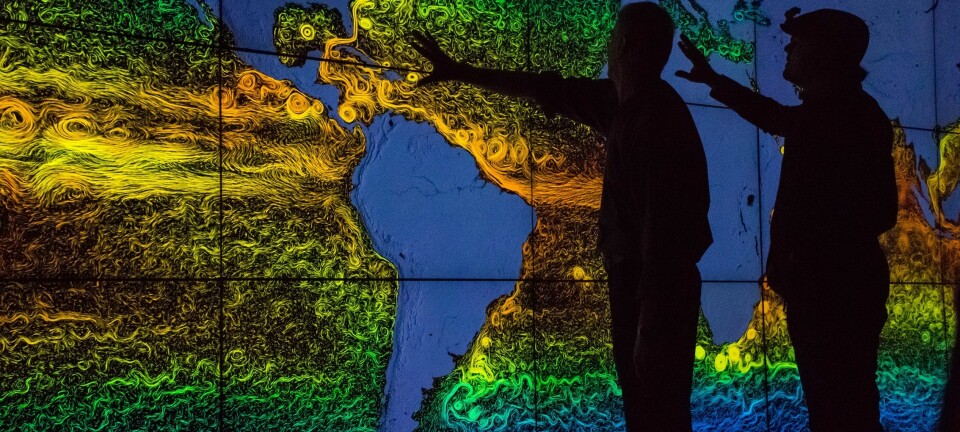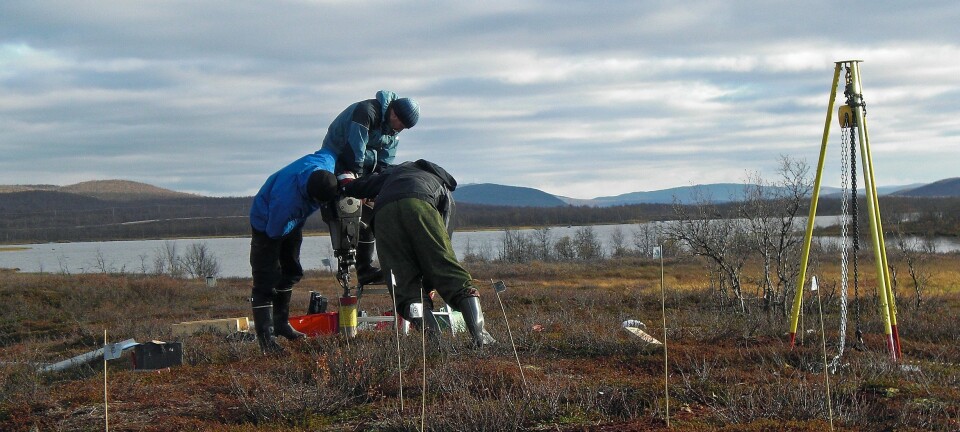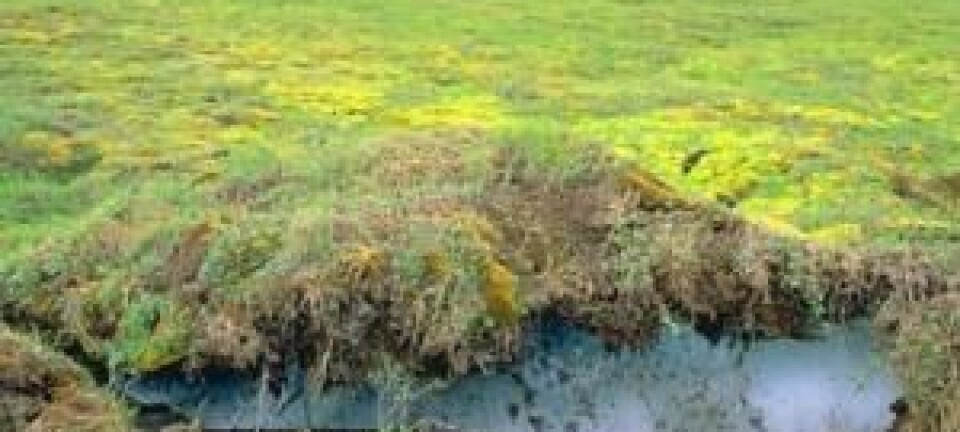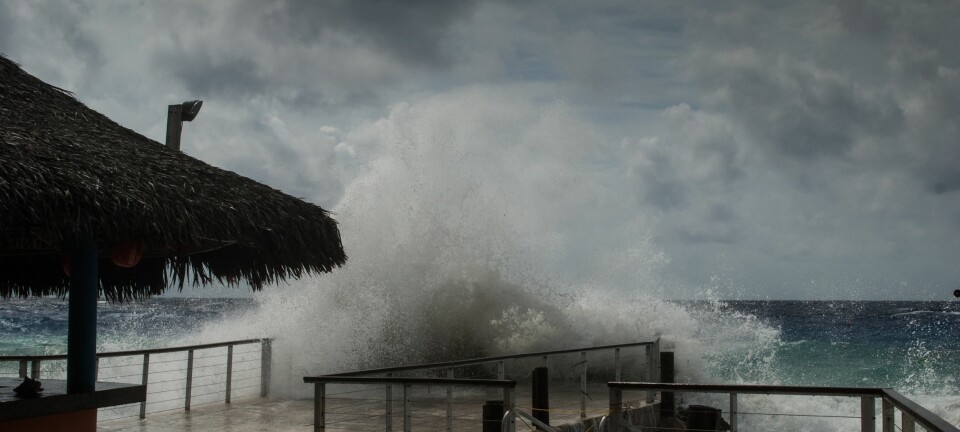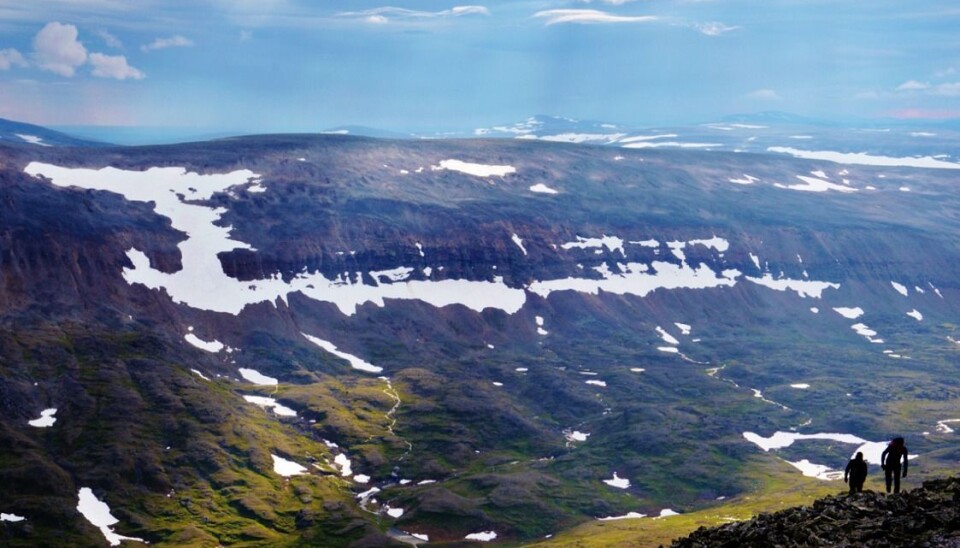
Cold region ‘tipping point’ now inevitable in northern Europe
Profound changes can be expected in high-latitude environments regardless of climate change mitigation policies.
The decline of northern Europe’s cold regions is now inevitable due to climate change. This is the conclusion of our recent research published in Nature Communications, and represents a ‘tipping point’ for these unique environments.
Even with optimistic estimates of future carbon emissions, our results suggest that areas covered by so-called periglacial zones will reduce dramatically by 2050, and will “almost disappear” by 2100.
Today, these periglacial zones make up about a quarter of the Earth’s land surface and are mostly found in the far north and south, and at high altitudes.
These regions are important for Scandinavian’s identity, representing globally vital ecosystems, and highly variable, iconic and largely undisturbed landscapes.
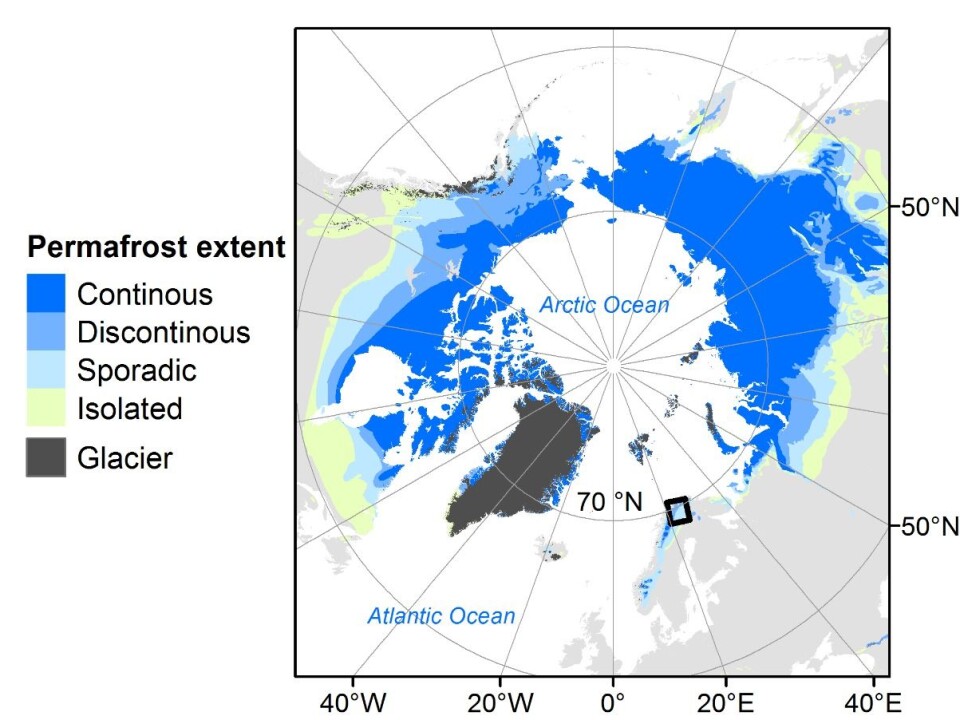
Losing them would have major impacts on landscapes and biodiversity, and could trigger so-called climate “feedbacks” – processes that once initiated, e.g. CO2 release from thawing permafrost soils, can further amplify the negative effects of climate change.
Read More: More extreme warm days in a warmer climate
Frost-related ground processes characterise cold regions
Together with our colleague from the University of Exeter, UK, we studied four processes that characterise periglacial zones:
- snow accumulation sites
- palsa mires – peat formations with permanent ice core
- “frost churning” – which refers to mixing of materials caused by freezing and thawing of uppermost soil layers
- slow mass wasting of surficial soil material moved downslope by freeze-thaw processes.
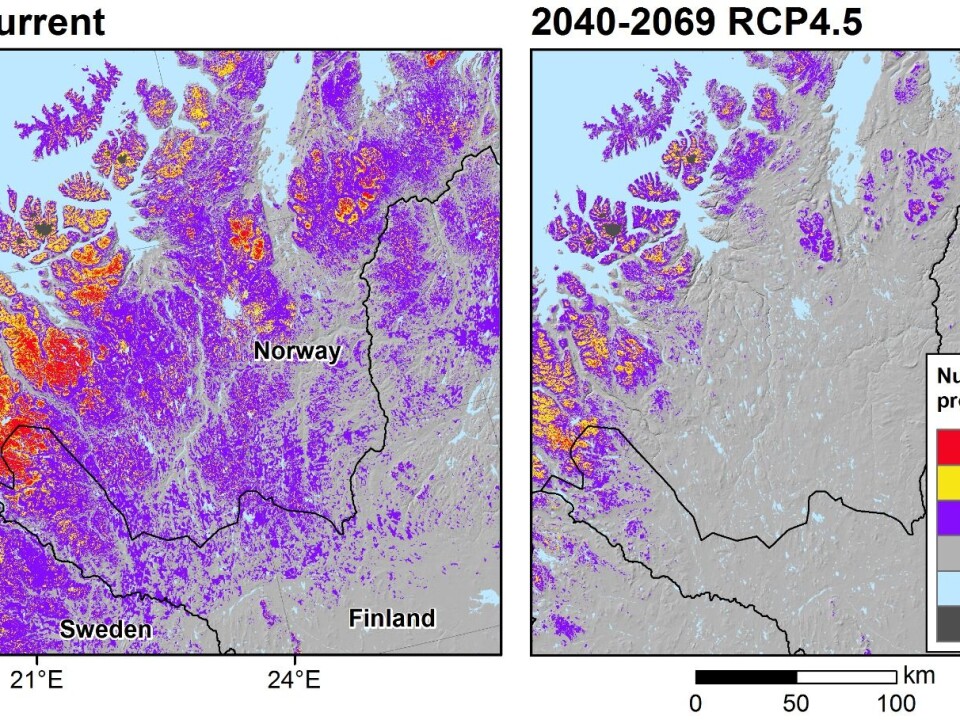
Using field surveys, aerial imaginary, and computer models we mapped the local variation of a periglacial zone in northern Europe at an unprecedented level of detail. This is important, as previous studies have not been able to realistically identify the distribution and climatic sensitivity of periglacial zones.
Although the studied area covers just a portion of the wider periglacial zone, it is well representative of similar climatically sensitive environments across cold-regions.
Our results show that today, half of the northern European study area has suitable conditions to support periglacial activity, reinforcing their importance in characterizing the geomorphology of cold-climate regions.
Read More: Arctic soils: a ticking climate time bomb
Northern landscapes affected by climate change
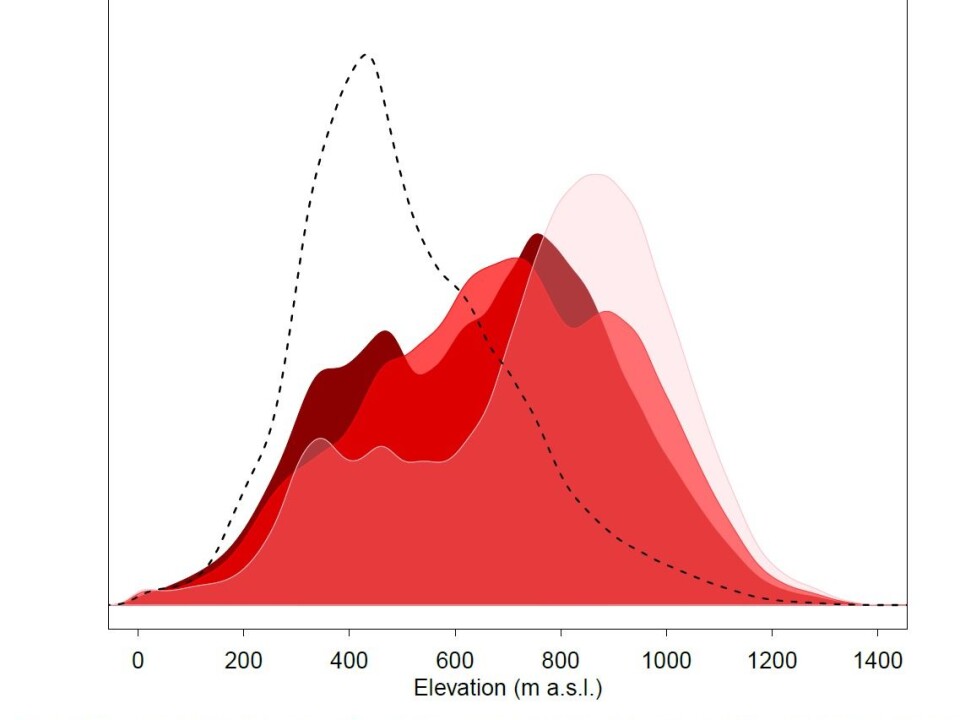
But importantly, our study shows that many of the frost-driven processes acting today are already at the margin of the climate in which they can exist, and small changes in climate conditions could trigger large reductions in the extent of the periglacial zone.
We investigated how the extent of these periglacial zones might change in the future, according to three possible scenarios of carbon emissions.
Even based on the optimistic scenario, where immediate emission cuts are required, we predict a 72 per cent reduction in the current periglacial zone in this area of northern Europe by 2050.
By 2100, periglacial zones will only exist in high mountain regions. This could lead to changes in landscape dynamics in the future as the climate warms, meaning that ground ice may no longer be the significant geomorphological agent that shapes the Earth’s surface in these regions.
Read More: One quarter of the Arctic is a hotbed for overlooked greenhouse gas
Big implications for cold-regions
Our results showing a potential for drastic landscape changes have many important implications for the people, animal, and plants occupying cold-regions.
First, these anticipated changes in periglacial zones can feedback to the regional climate system via alterations in the carbon cycle and ground surface reflectance--the light reflected at the surface of the Earth. This means that as highly reflective snow and ice retreats and is replaced by less reflective shrub vegetation, less of the sun’s radiation is reflected from the surface of the Earth and more is absorbed by the darker soil and plants, leading to additional local warming.
Meanwhile, permanently frozen peat soils in these areas are major stores of organic carbon, and the thawing of these releases greenhouse gases (CO2, CH4, and N2O) with potentially global implications for the climate system.
Furthermore, the results indicate significant changes in northern European plant life. Many rare species can only be sustained in areas of intense frost activity or late-lying snow packs, so the disappearance of such unique environments will reduce biodiversity.
Read More: Four big changes in the Arctic and what to do about them
More work to be done
The precise nature of the changes in such high-latitude landscapes may be complex and is difficult for us to forecast today.
Therefore, new data and sophisticated computer models are required to increase our understanding of how climate and land surface processes interact. This will help us to identify critical tipping points in cold-regions’ nature and help inform decision makers.
---------------
The research is part of the INFRAHAZARD project, funded by the Academy of Finland. The study was also funded by the EU’s Seventh Framework Programme for Research and Technological Development and by the EU HELIX programme.
